Healthy Grains and How to Enjoy Them

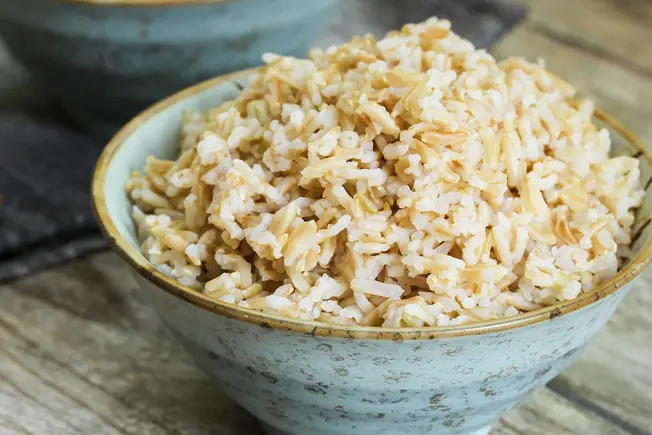
Brown Rice
In the world of whole grains, you can argue this is the original star. It has three parts: bran, germ, and endosperm, with nothing removed during milling. Brown rice has slightly more calories than white rice. But it also packs more protein and fiber. Eating brown rice can help lower cholesterol, control blood sugar, and promote good gut bacteria. The oil in its bran means brown rice doesn’t stay fresh quite as long as white rice. It’s good for 6 months on the shelf.
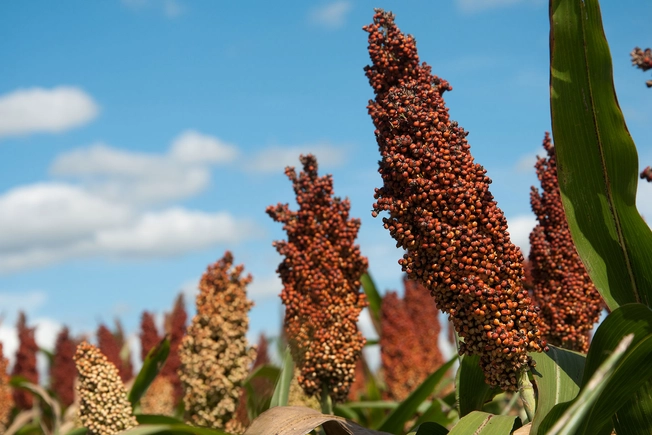
Sorghum
Many cultures enjoy this ancient cereal grain. It’s a key food for people in Africa. In the Middle East, it’s made into bread and couscous. And in the U.S., this gluten-free grain is popular among those who have celiac disease, autism, ADHD, or irritable bowel syndrome. You can pop sorghum and eat it like popcorn or use its flour in bread, pizza, and baked goods.
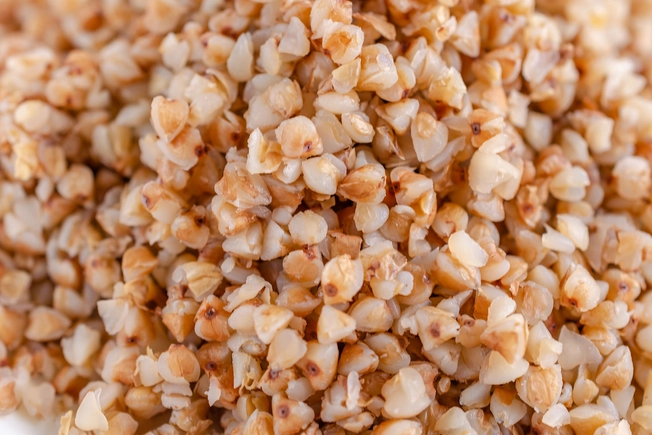
Buckwheat
It isn’t a grain or a wheat. Buckwheat is actually a cousin of the rhubarb plant. But it’s considered a kind of a grain because it’s used like one. Buckwheat has all nine essential amino acids, which makes it a whole protein, and is big in B vitamins. It’s best known as an ingredient in healthy pancakes and soba noodles. Pro tip: Toasted buckwheat makes a good substitute for croutons to add crunch to salads.
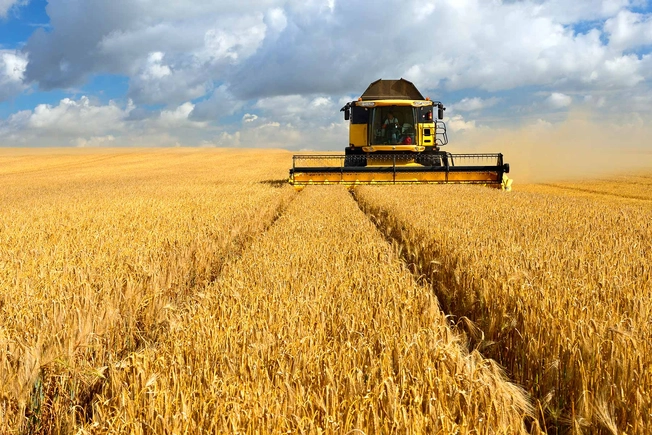
Barley
This soup staple is one of the oldest grains in humanity. Ancient Egypt prized it so much that they buried mummies with barley necklaces. Barley has the most fiber of all the whole grains. That includes a soluble fiber called beta-glucans that keeps cholesterol low and bolsters your immune system. Whole grain and hulled barley pack more antioxidants, vitamins, and minerals than the pearled version.
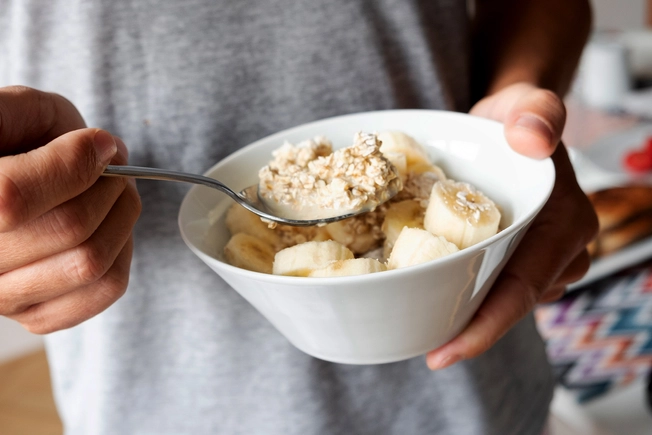
Oats
The oats in your breakfast bowl are the seeds of oat grass. Most kinds are flattened and steamed so they cook quicker. Oats have lots of fiber to keep you feeling full longer. They’re not low in carbs, but they can help keep your blood sugar and insulin in balance. Oats are sweeter than other grains. But they work well in savory dishes, too. Toast them and use oats in place of arborio rice in risotto.
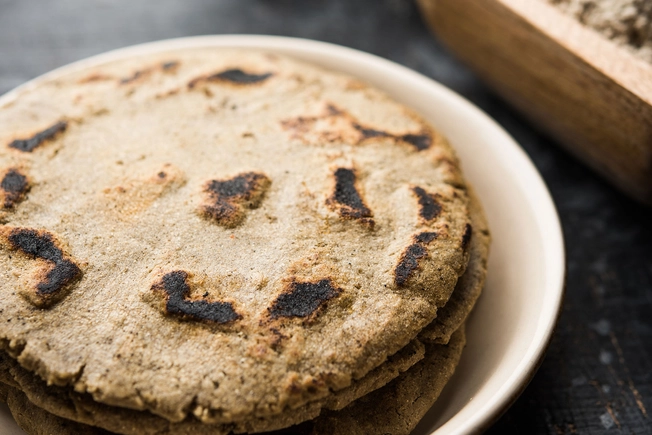
Millet
This is an umbrella term for a group of related grasses with small seeds. There are many kinds of millet, including pearl, foxtail, proso, and finger. It’s used to make flatbreads in India and porridge and beer in Africa. You can use millet flour for gluten-free pancakes, muffins, and other dishes. Millet is loaded with manganese, a mineral that keeps your bones and brain healthy.
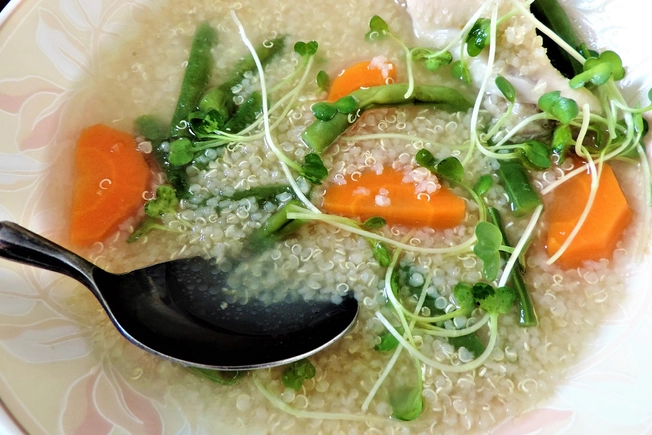
Quinoa
This gluten-free whole grain is technically a seed. Pronounced keen-wah, it’s rich in complete protein, fiber, manganese, phosphorus, magnesium, folate, and vitamin B1. Use it in salads and soups. Swap it in for rice in stir-fries or cook it in milk and enjoy it as a breakfast cereal. You may want to rinse quinoa before you cook it to remove saponins, a natural plant chemical that can taste bitter.
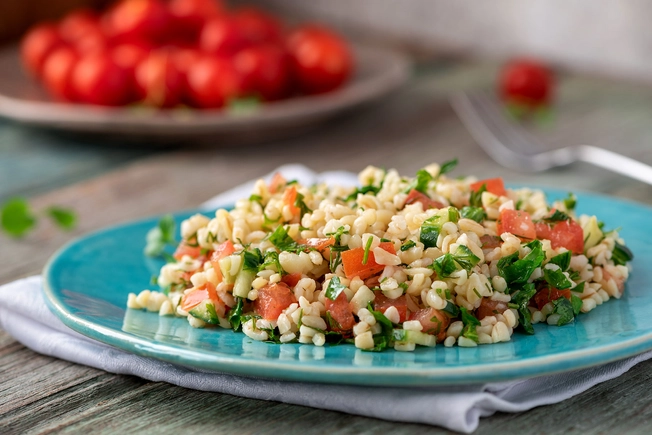
Bulgur
It’s the pre-cooked kernel of wheat. Much like pasta, bulgur comes to life after 10 minutes in hot water. It has a nutty flavor and chewy texture. You most likely have tasted bulgur in tabbouleh, the Mediterranean salad. Bulgur also can bulk up other salads as well as soups. It has more fiber than quinoa, oats, and millet to help keep your bowels healthy and may help lower your risk for some cancers.
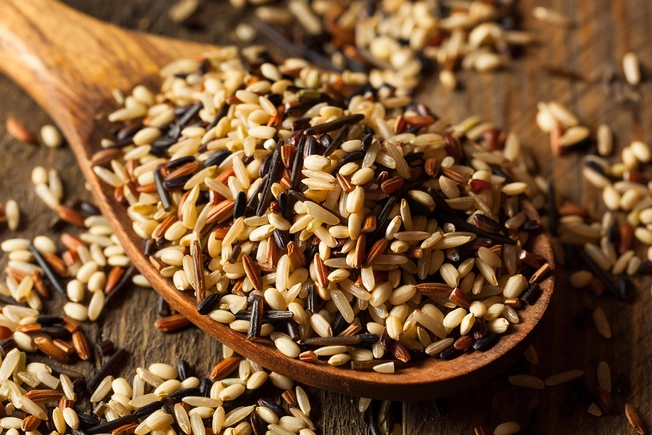
Wild Rice
Despite its name, this isn’t rice but an aquatic grass seed. Wild rice grows naturally along waterways in almost every state in the U.S. It gives you twice the protein and fiber of brown rice, but less iron and calcium. It also packs whopping 30 times more antioxidant power than white rice. Plus, wild rice has a relatively low amount of fat so it stays fresher longer.
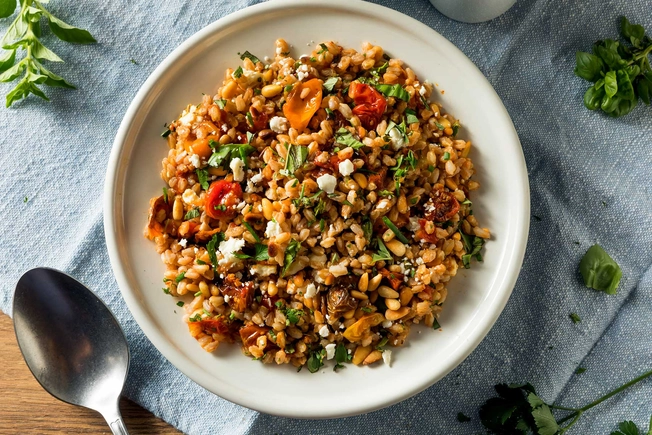
Farro
Roman soldiers used to eat it as part of their army ration. Today, farro is the main ingredient in some of the world’s best pastas. Also called emmer, a quarter cup of it has 7 grams of protein and fiber, plus 10% of the iron, magnesium, and B vitamins you need every day. Whole farro is a whole grain, but the pearled version isn’t. Try substituting farro for pasta and rice in your recipes.
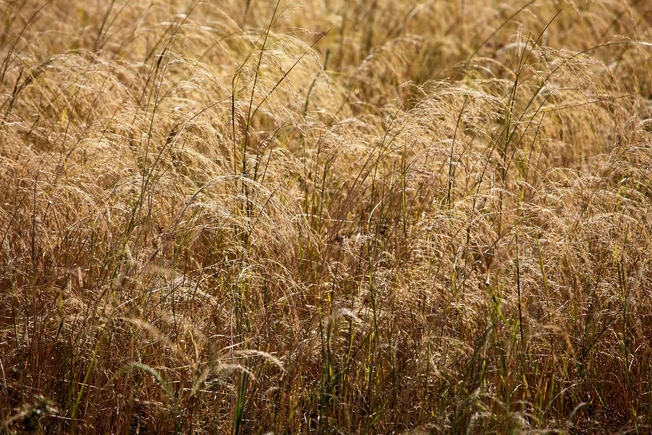
Teff
This poppy seed-size ancient grain comes from grass that grows mostly in Ethiopia and Eritrea. Teff flour is used to make the east African flatbread injera. It has three times the calcium of other grains. And since teff is too tiny to process, it’s always whole. Teff is gluten free. You can bake and cook with it, and sprinkle it on vegetables or in soups.
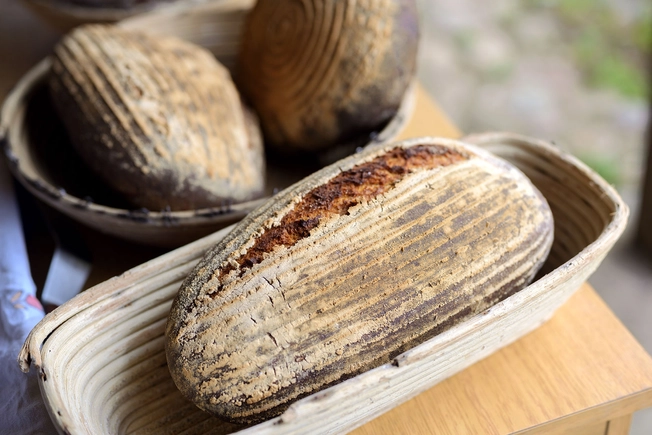
Rye
It was ignored as a weed for centuries, but it became popular because it can grow in cold, wet climates. Rye is unique because it has fiber in both its endosperm and bran. This gives it a lower glycemic index than most other grains. That’s good for people who have diabetes and who need to keep their blood sugar levels stable. Breads made with rye flour often have caraway seeds. So what you may think is the licorice-like rye flavor actually comes from caraway.
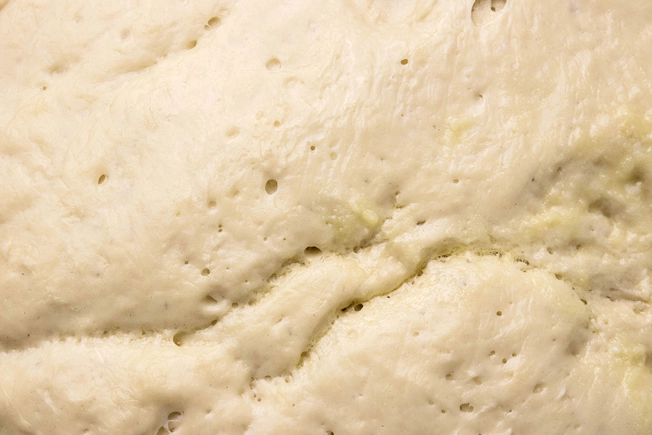
Whole Wheat
Gluten, the protein that helps bread stretch and rise, is the reason wheat is one of the most widely used grains on the planet. Wheat comes in many different kinds, including red, white, spring, and winter. Many folks steer clear of whole wheat because of its high gluten content. But whole wheat as part of a high-fiber diet can help keep your blood pressure in check and lower your risk of a stroke.
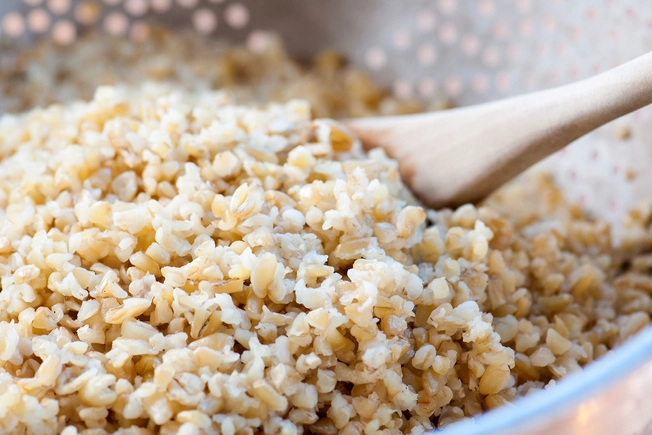
Freekeh
This grain is relatively unknown in American cuisine. But freekeh, pronounced free-kah, has been a staple in the Middle East for centuries. It’s made from young wheat and roasted to give it a signature smoky flavor. Like bulgur, it’s chewy, nutty, and puts up big protein, fiber, and vitamin numbers. Freekeh cooks quickly and works well as a porridge or pilaf.
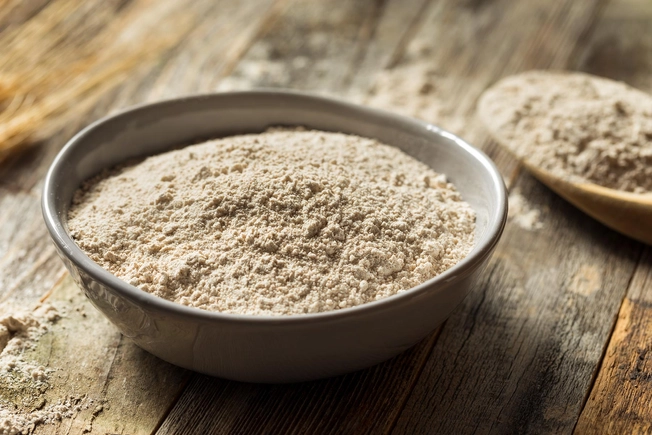
Wheat Berry
This kernel of whole wheat usually hangs out in the rice aisle or around other cereal grains. Wheat berry is what’s used to make whole wheat flour. It takes a long time to boil, about an hour. So some recipes may recommend that you soak them overnight. Your bones and muscles love their vitamin E and magnesium. Compared to other grains, wheat berry is relatively low in calories.
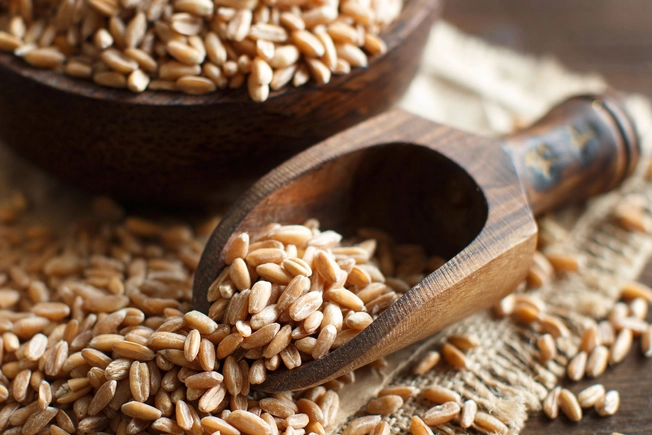
Spelt
This is a kind of wheat with higher protein content. Most spelt is fed to livestock. But some people with wheat allergies are turning to spelt because they aren’t allergic to it. Use spelt berries as you would rice or pasta, or switch out your white or whole wheat flour with spelt.

Maize
You may know it simply as corn. Maize is both a grain and a vegetable. Though it’s not going to win any awards for being high in protein or fiber, recent research shows maize has more antioxidants than many grains or vegetables. Maize is the star of polenta, tortillas and, of course, popcorn. Eat it fresh off the cob. Canned or frozen corn can work in both sweet and savory recipes.
IMAGES PROVIDED BY:
1) Getty
2) Getty
3) Getty
4) Getty
5) Getty
6) Getty
7) Getty
8) Getty
9) Getty
10) Getty
11) Getty
12) Getty
13) Getty
14) Getty
15) Getty
16) Getty
17) Getty
SOURCES:
University of Pittsburgh Medical Center Health Beat: “Brown Rice vs. White Rice: Which is Healthier?”
University of Nebraska-Lincoln: “Now, You’re Cooking with Brown Rice!”
Harvard T.H. Chan School of Public Health: “Oats,” “Quinoa.”
Oldways Whole Grains Council: “Whole Grains A to Z,” “Sorghum: June Grain of the Month, “Barley – February Grain of the Month,” “Millet and Teff — November Grains of the Month,” “Buckwheat – December Grain of the Month,” “Wild Rice – September Grain of the Month,” “Wheat – July Grain of the Month,” “Corn – October grain of the Month.”
Mayo Clinic: “Dietary fiber: Essential for a healthy diet.”
Michigan State University Extension: “Add Variety to your Diet with Spelt and Farro,” “Freekeh: An ancient grain.”
Boston University Sargent Choice Nutrition Center: “Grain of the Month: Wheat Berries.”
Purdue University Center for New Crops & Plant Products: “Spelt.”
Center for Crop Diversification: “Spelt.”
